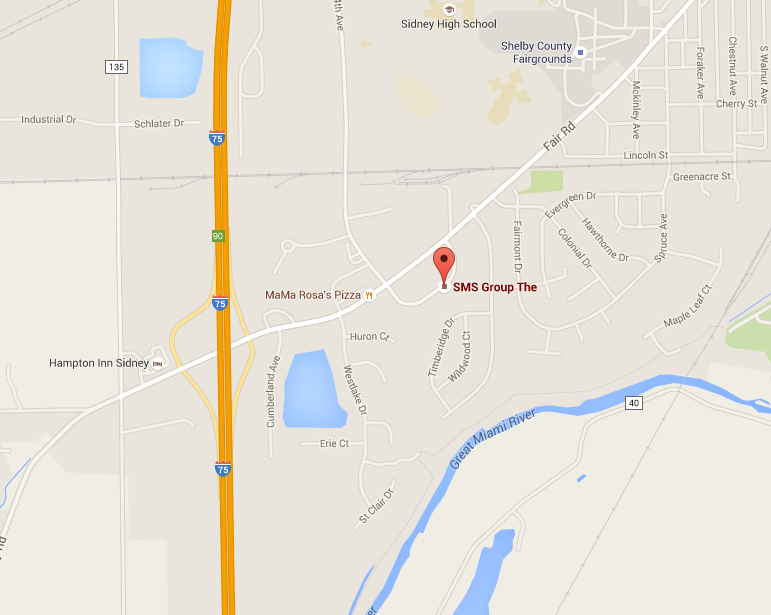4 Warehouse Trends to Watch
Although warehousing has evolved over the last few decades, it continues to change and has increased in complexity. With pressure from suppliers, customers, employees and consumers, organizations are seeking new ways to increase response times and become more efficient. With a growing economy, organizations are seeing increased demand and steady business growth. This growth and resurgence, although positive news, has forced a change in the landscape to support it. According to Zebra’s 2013 Warehouse Vision Survey, respondents identified a few fundamental shifts they believed would be taking place over the next five years to accommodate market growth. As we begin 2017 and plan for 2018, these trends are not only evident, but are being strongly executed. These include:
Expansion of the size of warehouse space to accommodate SKU proliferation.
An increased desire for personalization and growth of the omnichannel (a retail strategy that integrates different methods of shopping for consumers such as online, brick and mortar and phone), means more control is needed on inventory, with flexibility to respond to order requirements. This strategy of personalization has forced the number of SKUs to rise significantly in recent years. Larger warehouses and distribution centers, more inventory, and an expanding workforce are the result.
Plans to increase the number of warehouses and distribution centers.
In addition to expansion of operations, more organizations continue to trend toward increasing the total number of warehouses they will own or lease. Whether local, regional or national, the desire to be closer to their customers is a direct response to changes in demand, along with a desire to differentiate from the competition.
Shift away from traditional WMS and into more ‘best-of-breed’ solutions.
To meet the changing requirements of suppliers and customers, the warehouse needs more flexibility and agility in the operations process. New technology and specialized applications are driving out traditional warehouse management systems through integrated applications and best-of-breed hardware and infrastructure to improve inventory visibility, order accuracy, and on-time delivery.
Need for multi-modal (voice and scanning) technology to increase picking and packing operational efficiency.
Compliance requirements are forcing organizations to be more efficient in terms of the ability to track and trace products and shipments. Application-specific software and barcode technology are required to improve the traceability of products as well as to increase picking, packing, and shipping accuracy. This includes voice directed solutions and wearable (hands-free) computers, offering flexibility and configurability needed to improve workflow processes that already utilize automated barcode data collection technology.
Where are you now?
Before moving toward these trends, it’s important to understand where your organization stands today.
- Are you poised for growth?
- Can you effectively accommodate the needs of your customers (and their customers, if applicable) over the next five years?
- Is your current WMS able to support the changing needs of your business?
- Will your data collection technology grow with you or are you limited by aging devices?
- What changes need to be made to differentiate yourself from your competitors?
Getting Started.
Proper planning and a strong strategy are key. Aligning the minds of operations and IT is also critical. Without the support of IT, software, wireless network and equipment deployment could be impacted. Particularly at risk are things like standards, security and safety, so it’s best to leave the heavy lifting to IT. The operations team will place their focus on workflow processes and business initiatives. An important part of the planning process should be dedicated to infrastructure planning. Today’s devices like wearable computers, along with cloud-based apps and workflow applications like multi-modal picking can dramatically impact the performance and reliability of existing wireless networks. This could mean slower connectivity, black out areas, and a decrease in productivity if a solid plan is not in place.
For the hardware, flexible technology (designed for your environment) with modular adaptability is best. You’ll want devices that can easily integrate with a common platform, maximize the connectivity of your workers and cover a range of workflow processes.
If you’re looking for a solution provider that can help you put together a solid strategy to accommodate these trends, The SMS Group can help. Contact us today to get started.


